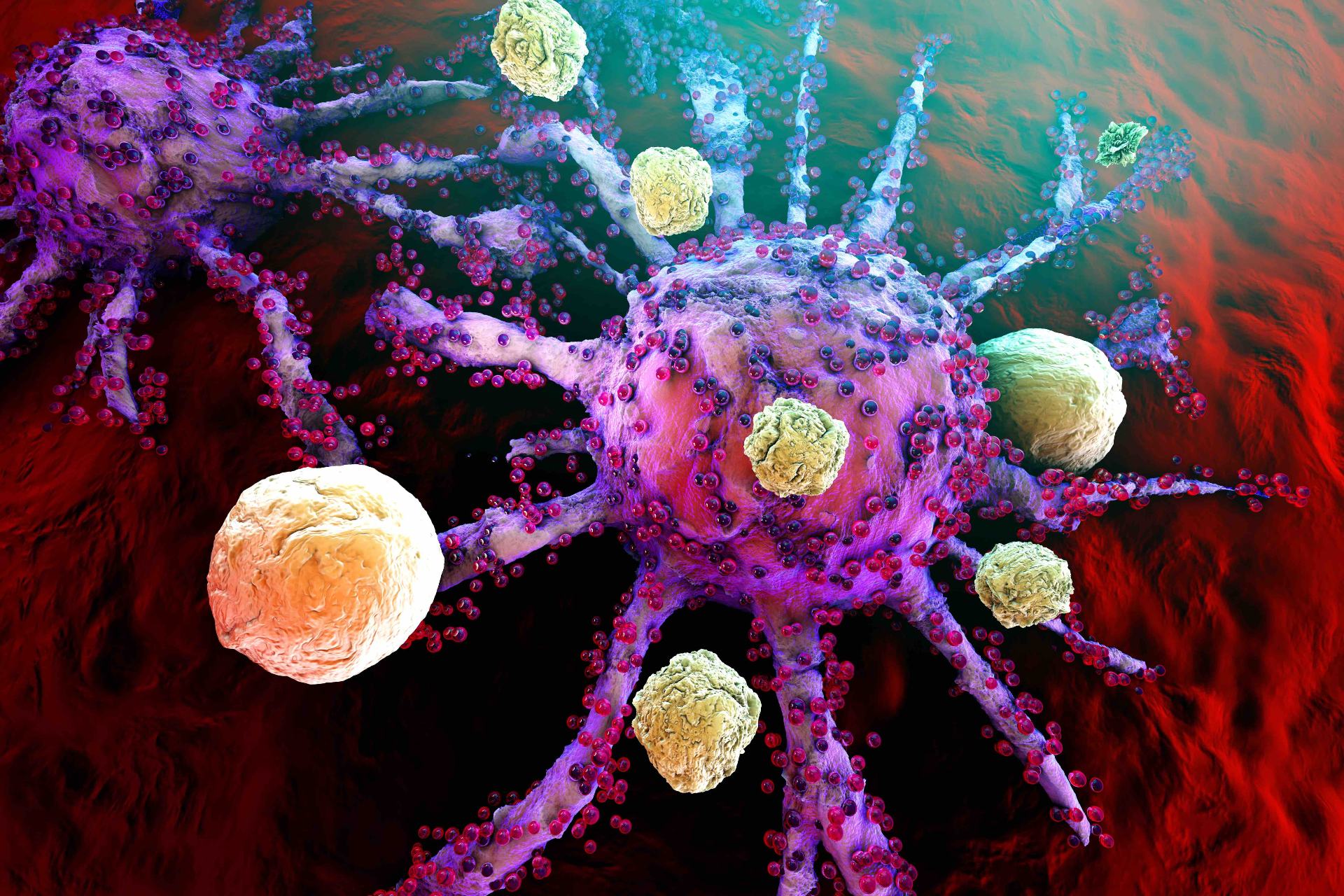Article
Long Noncoding RNAs Contribute to Prominent Signaling Pathways in BCP-ALL
Author(s):
Long noncoding RNAs (lncRNAs) are involved in the pathogenesis of b-cell precursor acute lymphoblastic leukemia (BCP-ALL) and contribute to the stratification of BCP-ALL subtypes, according to results from a recent study.
Long noncoding RNAs (lncRNAs) are involved in the pathogenesis of b-cell precursor acute lymphoblastic leukemia (BCP-ALL) and contribute to the stratification of BCP-ALL subtypes, according to results from a recent study.
BCP-ALL is a disease with various established risk subtypes, such as BCR-ABL and MLL. Recently, investigators identified 3 novel BCP-ALL subtypes, DUX4, Ph-like, and NH-HeH, that may become therapeutic targets for upcoming drugs. Despite these findings, understanding on of these subtypes is incomplete.
Recent studies investigating lncRNAs have suggested that they play an important role in the development and progression of leukemia. Similar to protein-coding genes, lncRNAs are attributed to oncogenic or tumor-suppressive activities that have been associated with a significant portion of the genetic etiology of cancer. Although genetic profiling has been evaluated in many various types of leukemia, a complete genomic identity of lncRNA deregulations in BCP-ALL subtypes is lacking. In a present study, investigators provide a comprehensive insight on lncRNAs for the molecular subtypes of BCP-ALL.
BCP-ALL subtype-specific lncRNAs were analyzed in 25 pediatric and 20 adult patients with BCP-ALL. lncRNAs were separated into 3 major BCP-ALL subtypes, DUX4, Ph-like, and NH-HeH, with no changes in subgroups from initial diagnosis to relapse. In total, 1235 significant differentially expressed subtype-specific lncRNAs were defined among the 3 subtypes, with 24 lncRNAs detected in all 3 BCP-ALL subtypes. Twenty-three of the lncRNAs were previous identified to be cancer-related, including upregulation of PVT1 and GAS5 in the DUX4 subgroup and upregulation of EGOT in Ph-like subgroup.
Investigators also performed a functional enrichment analyses to examine how lncRNAs regulate neighboring (cis), and distally (trans) located protein-coding genes. Of the cis protein-coding genes identified, 58 DUX4 and 24 Ph-like—specific lncRNAs activated signaling pathways for proliferation, apoptosis, and differentiation in leukemia. DUX4-specific lncRNAs were involved in TGF-β, Hippo, and p53 signaling pathways while Ph-like–specific lncRNAs were involved with JAK-STAT, mTOR, and PIK3-AKT signaling pathways. From the trans-based analysis, p53 and mitogen-activated protein kinase pathways were additional signaling pathways found for Ph-like subtype. Both DUX4 and Ph-like subgroups included oncogenes IL2RA, TGFB2, and CDK6 coexpressed cis protein-coding genes. No significant pathways were identified in the NH-HeH subtype.
Another difference among the subtypes was the lncRNAs methylation pattern. For the DUX4 and NH-HeH subtypes, the number of hypo-methylated lncRNAs (differential methylation value < 0) was higher compared to the number of hyper-methylated lncRNAs (differential methylation value > 0.2). In contrast, the Ph-like subtype had higher hyper-methylated differential methylation than hypo-methylated lncRNAs. Compared with lncRNAs from other cancers, lncRNAs from the 3 subtypes of BCP-ALL showed epigenetic alterations.
The potential role that lncRNAs has on BCP-ALL progression was also investigated using a differential expression analysis of lncRNAs between initial diagnosis and relapse samples. A total of 947 lncRNAs were considered differentially expressed between initial diagnosis and relapse from the 3 subtypes. A few of them were already known from other cancers, including TCL6, LINC00312, and miR-17-92a-1. Although no significant correlation was found between relapse-specific lncRNAs for the Ph-like and NH-HeH subtypes, the DUX4 subtype was involved in many metabolic and signaling pathways.
Based on this study, investigators concluded that lncRNAs may play a key factor in regulating the signaling pathways involved in BCP-ALL. These subtype-specific lncRNAs may become potential therapeutic targets and should be investigated further.
Reference
James AR, Schroeder MP, Neumann M. Long non-coding RNAs defining major subtypes of B cell precursor acute lymphoblastic leukemia. J Hematol Oncol. 2019;12(1):8. doi: 10.1186/s13045-018-0692-3.





